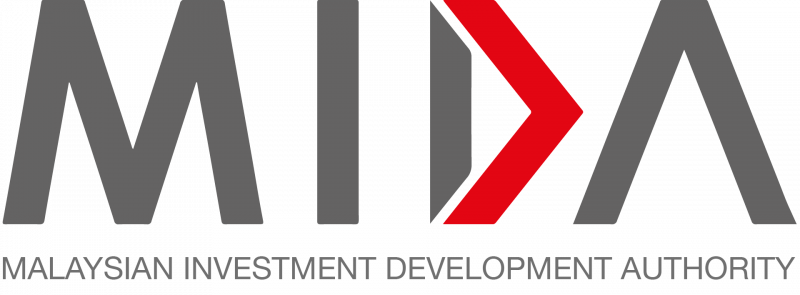Hardware: Navigating the changing semiconductor landscape
11 Dec 2023
Intel has been at the forefront of chip manufacturing and contributed to the semiconductor boom worldwide. It ventured into Penang in 1971 and established itself as a leader in the semiconductor industry. But things have changed.
With manufacturers such as Taiwan Semiconductor Manufacturing Co Ltd (TSMC) joining the semiconductor race, competition has increased, and more companies are fighting for a slice of the pie. TSMC has leapfrogged Intel as the world’s largest chipmaker.
To regain market share, Intel has adopted the foundry model, which was introduced in 2021 and has seen massive investments. Intel Foundry Services (IFS) offers a wide range of manufacturing services, including sort-and-test capabilities, and is a critical element of the IDM 2.0 strategy.
This strategy is executed through its internal factory network, external foundries and the Intel foundry.
“We are going beyond the traditional foundry offerings and building IFS as one of the world’s first open system foundries, leading the industry transition from standard monolithic system-on-chip to ‘systems of chips’ in a package,” says Intel Malaysia managing director A K Chong.
“Our combined offerings of wafer fabrication, advanced process, packaging technology, chiplet standards, software, robust ecosystems, and assembly-and-test capabilities will help our customers build innovative silicon designs and deliver full end-to-end customisable products.”
In December 2021, Intel CEO Pat Gelsinger announced an investment of more than US$7 billion to increase manufacturing capacity in Malaysia. Two new key facilities are being constructed: an assembly plant in Kulim and an advanced packaging facility in Penang. This means Malaysia has a role to play in enabling Intel’s foundry model.
Malaysia’s two facilities have more than two million square feet of manufacturing space and can provide functions such as advanced packaging, die prep and sort, assembly and test, board and system integration, product design and product development.
Intel’s facilities in Malaysia are the Kulim Die Sort Die Prep (KMDSDP) factory, Penang Assembly Test (PGAT) factory, Kulim Assembly Test factory and System Integration and Manufacturing Services (SIMS) factory. Two other factories, Pelican and Falcon, are under construction.
The Intel KMDSDP factory receives silicon wafers from fab plants and performs die preparation processes. The factory then sorts them for package assembly and test at Intel assembly-and-test facilities globally. The Intel SIMS factory is a manufacturing and tester integration factory that manufactures equipment to test and validate silicon during its production at Intel facilities and labs.
The Intel PGAT factory is a high-volume manufacturing facility that produces chips by the millions. There are six key stages at this factory: chip attach; epoxy and lid attach for assembly; burn-in; test; and platform performance validation tests. The assembled chips are put through a series of temperature, stress, performance and quality tests before being sent to customers.
“With this additional investment, we would have invested a total of US$14 billion in Malaysia by 2032,” says Chong.
“The new facilities in Malaysia are part of our investments in manufacturing capacity to support the expansion of our internal factory network and our system foundry model. The new assembly-and-test factory in Kulim further extends our current capabilities and it will be operationally similar to existing factories in Penang and Kulim.
IFS offers a wide range of manufacturing services, including sort-and-test capabilities. “In the new internal foundry model, based on internal volume, we expect to be the second-largest foundry next year, with manufacturing revenues greater than US$20 billion [RM93.4 billion],” adds Chong.
The clients that Intel are working with through the foundry model include Mediatek, Amazon Web Services (AWS), Qualcomm, ARM and Tower Semiconductor.
Intel and Mediatek announced a strategic partnership in 2022 to manufacture chips using IFS advanced process technologies. Meanwhile, AWS is the first to use IFS’ packaging solution. In April 2023, Intel and ARM announced a multigeneration agreement to enable chip designers to build low-power compute system-on-chips (SoCs) on the Intel 18A process.
“The collaboration will focus on mobile SoC designs first, but allows for potential design expansion into automotive, Internet of Things, data centres, aerospace and government applications,” says Chong.
Tower Semiconductor and IFS announced an agreement whereby Intel will provide foundry services and 300mm manufacturing capacity to help Tower serve its customers globally.
Power of AI
Intel has also pledged to integrate artificial intelligence (AI) into all its platforms. AI has permeated its way into societies, companies and countries. Intel’s software platforms and heterogeneous architectures, which consist of central processing units (CPUs), graphics processing units (GPUs) and deep-learning accelerators, make it easier for customers to deploy AI.
The new Meteor Lake, a consumer chip expected to be launched in December, is expected to be a true entry of AI experience into the client PC. This will be done through a dedicated neural AI engine, which is called a neural processing unit (NPU), on Intel client processors.
The new experiences enabled by Meteor Lake include improved performance parallelism and throughput on the GPU tile. This is ideal for media and rendering workloads that can take advantage of AI. Furthermore, the new dedicated low-power AI engine on the NPU provides dedicated compute power for sustained AI workloads and offloading.
“AI as a workload needs to be accessible and part of every application. In this way, we will provide choice and compatibility across architectures, vendors and cloud platforms in support of an open, accelerated computing ecosystem,” says Chong.
Source: The Edge Malaysia


